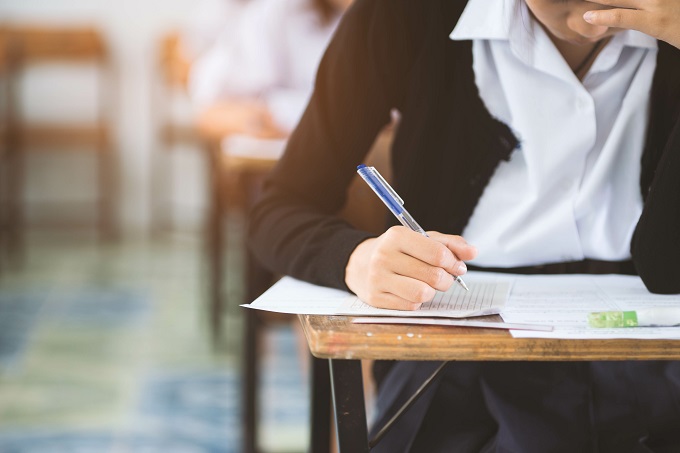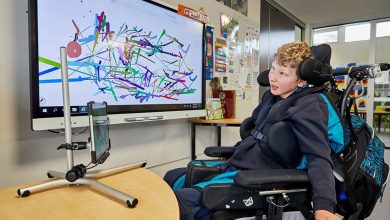Maths and languages to lose 10 percent ATAR bonus in WA
Will the change ‘dumb down’ student choice or is it making ATAR more inclusive?

For nearly a decade, West Australian students studying intermediate and top-level maths or foreign languages as ATAR subjects have been granted a bonus ten percent on their final ATAR scores. The bonus was introduced as an incentive for students to study the ‘harder’ subjects. This meant that while other students had a maximum aggregate score of 400, students taking a LOTE language, Math Methods or Math Specialist, could have a maximum score of 430.
Read the latest print edition of School News HERE
Western Australia was the only state that offered the bonus points on top of the already scaled ATAR score. The change takes place from 2026, meaning current Year 11 and Year 12 students are not affected.
The Tertiary Institutions Service Centre (TISC) said that the decision to remove the bonus was intended to ‘level the playing field’ and ensure consistency in how final scores are calculated for all students across the state.
In particular, the change benefits those students attending schools that are not able to offer high-level maths and languages due to size, location or staffing. Across the enormous state, there is considerable variation in the ATAR subjects on offer at schools, with rural and regional students often missing out on the more specialist subjects through no fault of their own.
WA’s Education Minister, Tony Buti, was recently reported as saying he was concerned too many West Australian students were taking ‘easier’ alternative pathways to higher education and the decline in the number of students taking ATAR courses could be blamed on the increasing number of alternative pathways to university entry.
It could be argued that scrapping the bonus ten percent on certain subjects could encourage more students to attempt ATAR subjects, because they would know that other students wouldn’t automatically get a bonus they themselves were not eligible for.

The change could also be said to encourage students to follow their passions rather than strategically select subjects based on the knowledge they would receive bonus points.
However, it could also be argued that by scrapping the bonus, other students will no longer be incentivised to study the harder subjects and instead might choose what is perceived as an easier option.
TISC CEO Andrew Crevald was reported as telling ABC Radio Perth that it was ‘hard to identify which courses are harder than others.’ He said that while it was clear Methods and Specialist Maths were undeniably more difficult than Applications, it was not as clear whether languages were ‘harder’ because different subjects require different capacities.
The early impact of the changes might be known in a matter of months as the current Year 10 cohort in Western Australia will be selecting their ATAR subjects by the end of Term 2.







